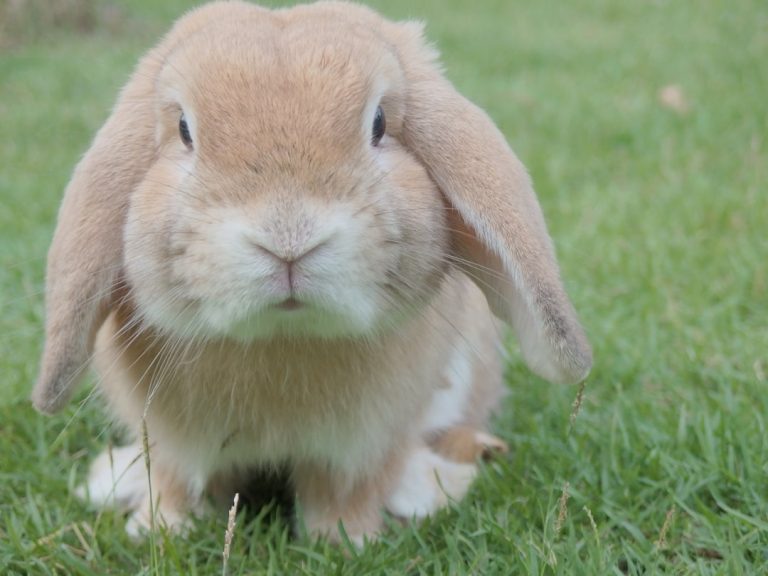
Veterinary assistants and lab animal caretakers play a crucial role in the healthcare of animals, whether in private veterinary practices or research facilities.
Their responsibilities encompass a wide range of tasks, from direct animal care to administrative duties, all aimed at ensuring the well-being of animals under their supervision.
In veterinary clinics, assistants often interact with pet owners, helping to create a welcoming environment while also managing the logistics of appointments and treatments. In research settings, lab animal caretakers ensure that laboratory animals are housed in humane conditions, adhering to strict ethical guidelines and regulations. The importance of these roles cannot be overstated.
Veterinary assistants often serve as the first point of contact for pet owners, providing them with information about their pets’ health and treatment options. They are trained to recognize signs of distress or illness in animals, which can be critical in emergency situations. In laboratory settings, caretakers are responsible for the daily care of research animals, including feeding, cleaning, and monitoring their health.
This role is vital for the integrity of scientific research, as the well-being of lab animals directly impacts the validity of experimental results. Both positions require a deep commitment to animal welfare and a strong understanding of the ethical considerations involved in animal care.
Key Takeaways
- Veterinary assistants and lab animal caretakers play a crucial role in supporting veterinarians and researchers in the care and treatment of animals.
- Educational requirements for veterinary assistants and lab animal caretakers vary, but most employers prefer candidates with a high school diploma or equivalent, and on-the-job training is typically provided.
- Job duties may include feeding and watering animals, cleaning and disinfecting cages, monitoring animal behavior, and assisting with medical procedures.
- The job outlook for veterinary assistants and lab animal caretakers is expected to grow, and the median annual wage is around ,590.
- Advancement opportunities for veterinary assistants and lab animal caretakers may include pursuing further education to become a veterinary technician or specializing in a particular area of animal care.
Educational Requirements and Training for Veterinary Assistants and Lab Animal Caretakers
Education and Training Requirements
To pursue a career as a veterinary assistant or lab animal caretaker, a high school diploma or equivalent is typically required. However, many employers prefer candidates who have completed post-secondary education in veterinary technology or animal science. Various community colleges and vocational schools offer programs specifically designed for aspiring veterinary assistants, which often include coursework in animal anatomy, physiology, and basic veterinary practices.
Hands-on Training and Practical Experience
These programs may also provide hands-on training through internships or externships, allowing students to gain practical experience in real-world settings. For those interested in lab animal care, specialized training is often beneficial. Some institutions offer certification programs that focus on the unique needs of laboratory animals, including their housing, nutrition, and health monitoring.
Certification and Professional Development
Additionally, organizations such as the American Association for Laboratory Animal Science (AALAS) provide certification exams that validate an individual’s knowledge and skills in this field. While formal education is important, on-the-job training is equally valuable. Many veterinary clinics and research facilities provide comprehensive training for new hires, covering specific protocols and procedures that are unique to their operations.
Job Duties and Responsibilities of Veterinary Assistants and Lab Animal Caretakers

The job duties of veterinary assistants are diverse and multifaceted. They are responsible for preparing examination rooms, assisting veterinarians during procedures, and ensuring that all necessary equipment is sterilized and ready for use. Additionally, they may take vital signs, administer medications as directed by a veterinarian, and perform basic laboratory tests such as blood work or urinalysis.
Communication skills are essential in this role, as veterinary assistants must effectively relay information between pet owners and veterinarians, ensuring that all parties are informed about treatment plans and follow-up care. Lab animal caretakers have a distinct set of responsibilities that focus on the welfare of animals used in research. Their daily tasks include cleaning cages, providing food and water, and monitoring the health of the animals.
They must be vigilant in observing any changes in behavior or physical condition that could indicate health issues. Furthermore, caretakers are often involved in record-keeping, documenting the care provided to each animal and any observations made during their routine checks. This meticulous attention to detail is crucial for maintaining compliance with regulatory standards governing animal research.
Both roles require a strong sense of responsibility and a commitment to ethical practices in animal care.
Job Outlook and Salary Information for Veterinary Assistants and Lab Animal Caretakers
| Job Title | Median Salary | Job Outlook |
|---|---|---|
| Veterinary Assistant | 28,590 per year | 16% growth from 2020 to 2030 |
| Lab Animal Caretaker | 27,540 per year | 9% growth from 2020 to 2030 |
The job outlook for veterinary assistants is promising, with the U.S. Bureau of Labor Statistics projecting a growth rate of approximately 20% from 2021 to 2031. This growth is driven by an increasing pet population and a heightened awareness of animal welfare among pet owners.
As more people seek veterinary care for their pets, the demand for skilled veterinary assistants will continue to rise. In terms of salary, veterinary assistants can expect to earn an average annual wage ranging from $30,000 to $40,000, depending on factors such as location, experience, and the type of facility in which they work. Lab animal caretakers also enjoy a favorable job outlook, with growth anticipated in both academic and private research settings.
The need for skilled professionals who can ensure the humane treatment of laboratory animals is critical as scientific research continues to advance. Salaries for lab animal caretakers can vary widely based on experience and specific job responsibilities but generally fall within a similar range as those for veterinary assistants. Entry-level positions may start around $28,000 annually, while more experienced caretakers or those in supervisory roles can earn upwards of $50,000 per year.
Advancement Opportunities for Veterinary Assistants and Lab Animal Caretakers
Advancement opportunities exist for both veterinary assistants and lab animal caretakers who seek to further their careers. For veterinary assistants, gaining additional certifications or pursuing further education can open doors to more specialized roles within veterinary medicine. Some may choose to become veterinary technicians or technologists by completing an accredited program and passing a licensing exam.
This transition allows them to take on more complex medical tasks under the supervision of a veterinarian. In the realm of lab animal care, professionals can pursue certifications through organizations like AALAS to enhance their qualifications. With experience and additional training, lab animal caretakers may advance to supervisory or management positions within research facilities.
These roles often involve overseeing teams of caretakers, ensuring compliance with regulations, and contributing to the development of animal care protocols. Continuous professional development through workshops and conferences can also provide valuable networking opportunities and keep individuals informed about the latest advancements in animal care practices.
Tips for Success in a Career as a Veterinary Assistant or Lab Animal Caretaker

Success in a career as a veterinary assistant or lab animal caretaker hinges on several key factors. First and foremost is a genuine passion for animal welfare; individuals who truly care about the well-being of animals will find fulfillment in their work despite the challenges that may arise.
Additionally, cultivating a strong work ethic is essential in these demanding roles. Veterinary assistants and lab animal caretakers often work long hours in fast-paced environments where multitasking is necessary. Being organized and detail-oriented can significantly enhance efficiency when managing various responsibilities simultaneously.
Furthermore, staying current with industry trends through continuing education can provide a competitive edge in this evolving field. Engaging with professional organizations can also foster connections with peers and mentors who can offer guidance throughout one’s career journey. In conclusion, both veterinary assistants and lab animal caretakers play indispensable roles in promoting animal health and welfare across various settings.
Their dedication to caring for animals—whether beloved pets or research subjects—ensures that these creatures receive the attention they deserve while contributing to advancements in veterinary medicine and scientific research alike.
If you are exploring various career paths in the healthcare and animal care sectors, you might find the article on



